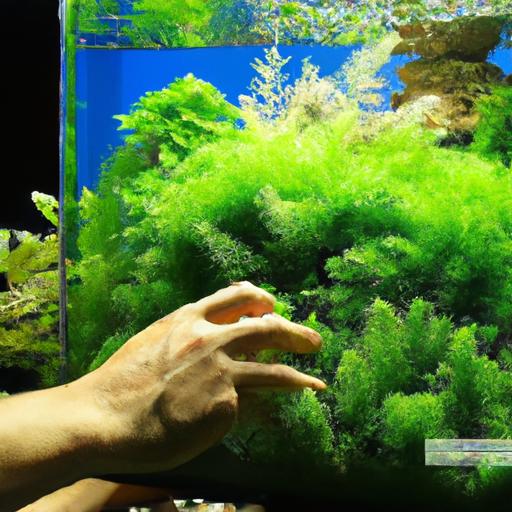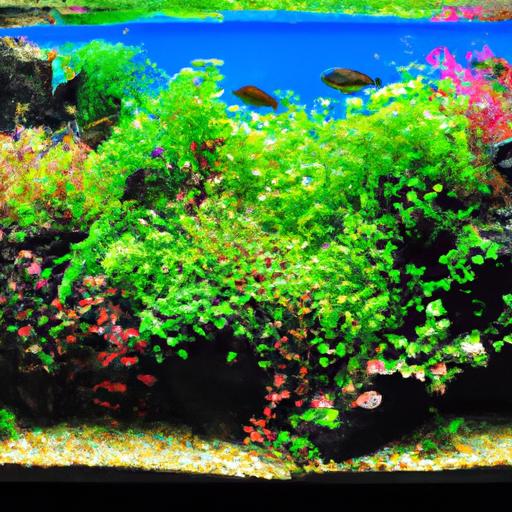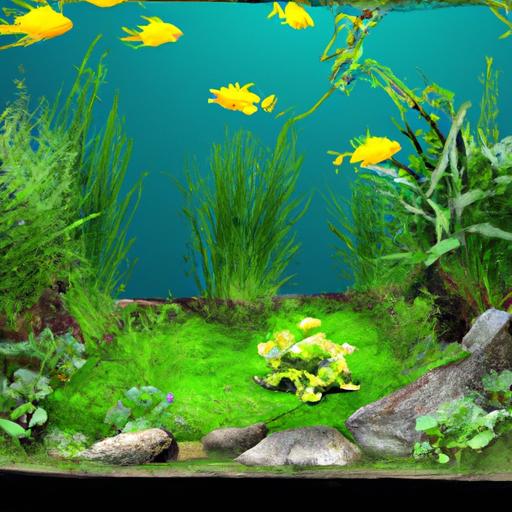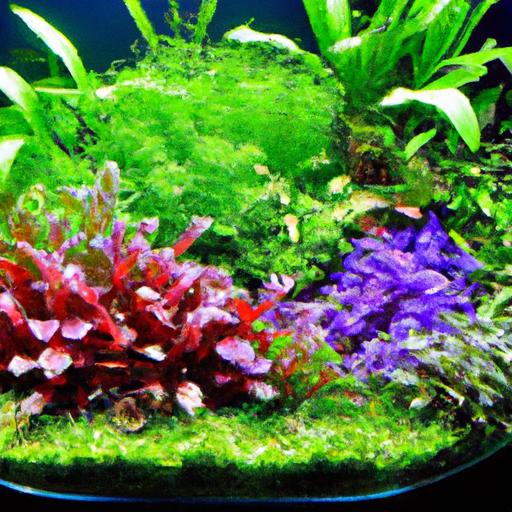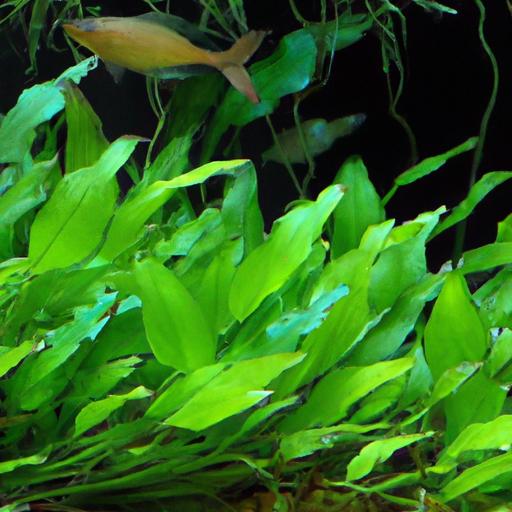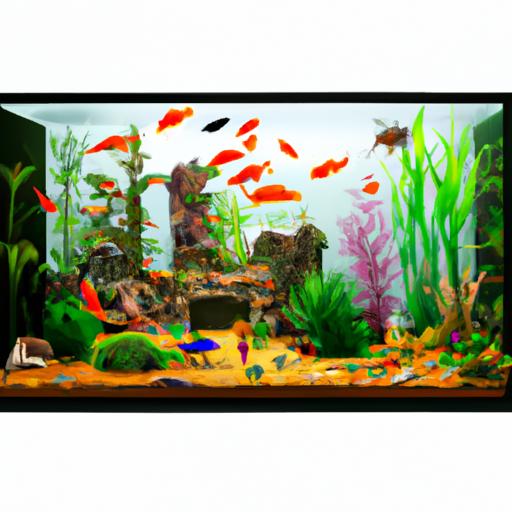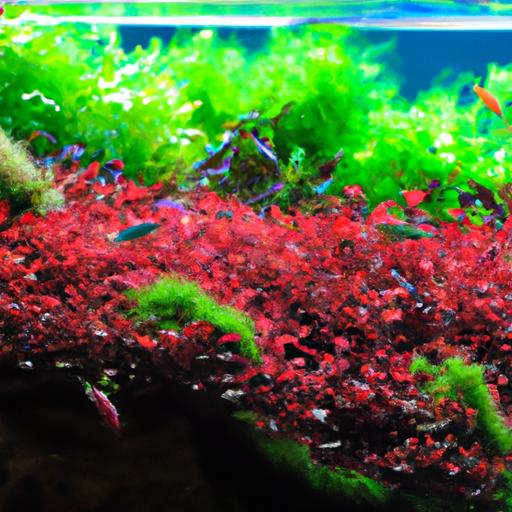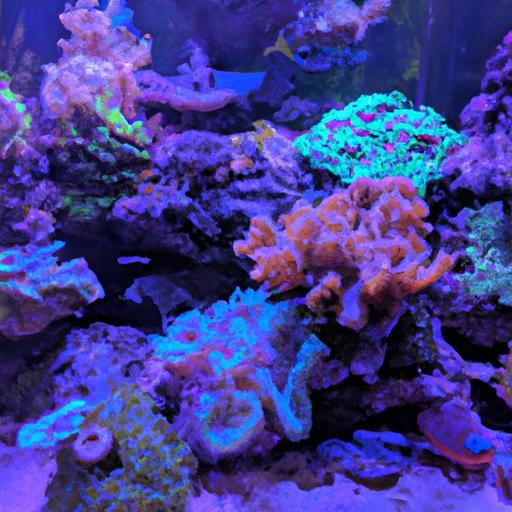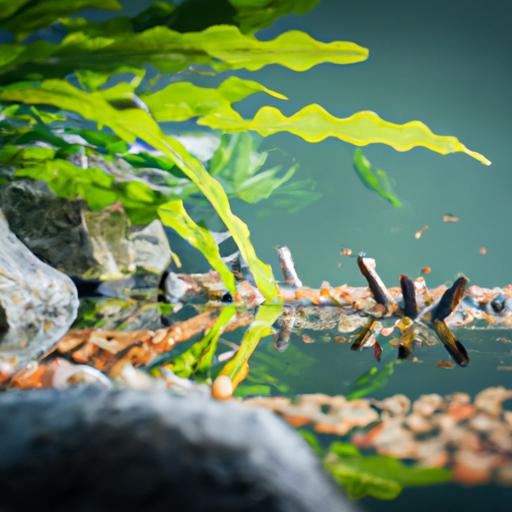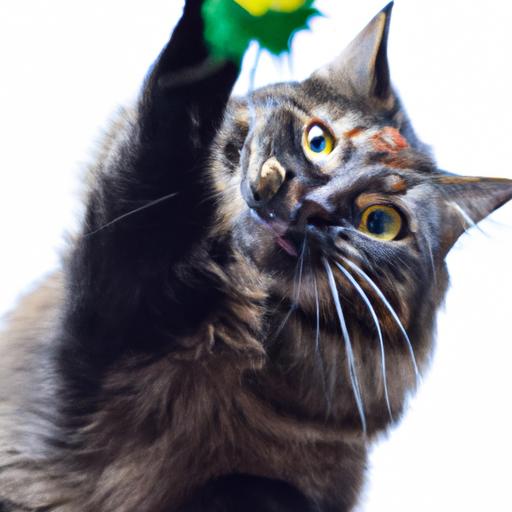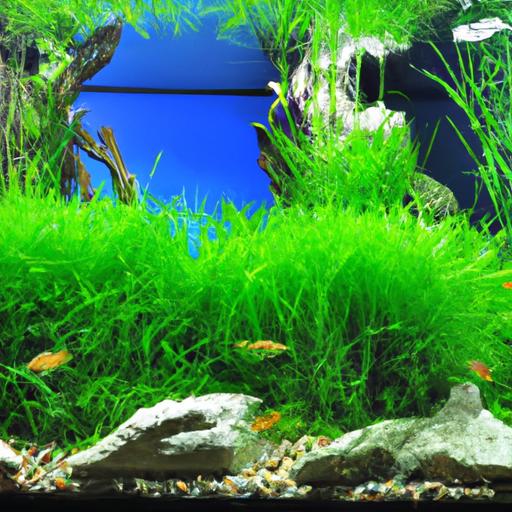
Tips for Successfully Cultivating Dwarf Hairgrass
Discover expert tips for successfully cultivating dwarf hairgrass in your aquarium. Create a lush and vibrant aquatic carpet with our helpful guide.
Introduction
Are you looking to add a touch of lush greenery to your aquarium? Look no further than dwarf hairgrass! This popular aquatic plant is not only visually appealing but also serves as a great addition to any aquarium ecosystem. To help you in successfully cultivating dwarf hairgrass, we have compiled a comprehensive set of tips and guidelines. By following these expert suggestions, you can ensure that your dwarf hairgrass thrives and flourishes in your aquarium.
Tips for Cultivating Dwarf Hairgrass
Ideal Aquarium Conditions for Dwarf Hairgrass
Creating the right environment for dwarf hairgrass is crucial to its successful cultivation. This plant thrives in freshwater aquariums with a temperature range of 72°F to 82°F (22°C to 28°C). Maintaining a pH level between 6.5 and 7.5 is recommended, along with water hardness ranging from 2 to 15 dKH. It is important to note that dwarf hairgrass requires a sufficient amount of light to grow, making it essential to provide appropriate lighting conditions.
Choosing the Right Substrate and Lighting
Selecting the proper substrate is vital for the healthy growth of dwarf hairgrass. A nutrient-rich substrate with a fine grain size, such as aquasoil or nutrient-rich sand, is ideal. This allows the roots to anchor firmly and obtain essential nutrients. Additionally, providing adequate lighting is crucial for photosynthesis. LED lights or full-spectrum fluorescent lights are recommended to ensure the proper growth of dwarf hairgrass.
CO2 Supplementation and Water Parameters
CO2 supplementation is highly beneficial for dwarf hairgrass cultivation. Carbon dioxide is an essential element for photosynthesis, promoting healthy growth and vibrant green foliage. Utilizing a CO2 injection system or liquid carbon supplements can significantly enhance the growth rate of your dwarf hairgrass. Additionally, maintaining stable water parameters, including regular water changes and proper filtration, is essential for the overall health of your aquarium and dwarf hairgrass.
Planting and Propagating Dwarf Hairgrass
Proper planting techniques are essential for the successful cultivation of dwarf hairgrass. Before planting, carefully clean the plant to remove any unwanted debris. Gently separate the plant into small clumps and plant them into the substrate, ensuring that the roots are inserted securely. Spacing the clumps about an inch apart allows for healthy spreading and prevents overcrowding. As dwarf hairgrass grows, it will send out runners, producing new shoots and creating a lush carpet effect.
Regular Trimming and Maintenance
Regular maintenance is key to ensuring the longevity of your dwarf hairgrass. Trimming the plant periodically helps control its growth and prevents it from overshadowing other plants in your aquarium. Use sharp scissors or aquarium-specific trimming tools to trim the leaves to a desired height. Regularly removing any dead or decaying leaves will promote healthy growth and prevent the accumulation of debris, which can lead to water quality issues.
FAQ about Cultivating Dwarf Hairgrass
How long does it take for dwarf hairgrass to grow and spread?
The growth rate of dwarf hairgrass can vary depending on various factors, such as lighting, CO2 supplementation, and water conditions. On average, you can expect to see noticeable growth and spreading within a few weeks to a couple of months. With proper care and optimal conditions, dwarf hairgrass can form a dense carpet within a few months.
Can dwarf hairgrass be grown in low-light aquariums?
While dwarf hairgrass prefers higher levels of light, it can still survive in low-light conditions. However, the growth rate may be slower, and the plant may appear less vibrant. To compensate for low-light environments, consider using supplemental lighting or selecting low-light tolerant varieties of dwarf hairgrass.
Is it necessary to use CO2 supplementation for dwarf hairgrass?
CO2 supplementation is not mandatory for dwarf hairgrass, but it is highly beneficial for its healthy growth. Providing additional CO2 helps stimulate photosynthesis, leading to faster and lusher growth. If you choose not to use CO2 supplementation, ensure that other factors such as lighting and nutrient availability are optimized to compensate for the absence of CO2.
What are the common challenges faced in cultivating dwarf hairgrass?
Some common challenges in cultivating dwarf hairgrass include algae growth, improper lighting, nutrient deficiencies, and inadequate substrate conditions. Keeping a balance between lighting, CO2 supplementation, nutrient levels, and water parameters is essential to overcome these challenges and achieve successful cultivation.
Can dwarf hairgrass be kept with other fish and plants?
Dwarf hairgrass is compatible with a wide range of fish and other aquatic plants. It provides a natural habitat for small fish, fry, and invertebrates, offering cover and foraging opportunities. When selecting tankmates, ensure they are compatible with the water parameters required by dwarf hairgrass and avoid species that may damage or uproot the delicate plants.
Conclusion
Successfully cultivating dwarf hairgrass in your aquarium is an achievable feat with the right knowledge and techniques. By providing the ideal conditions, including suitable lighting, CO2 supplementation, and proper maintenance, you can enjoy a vibrant and lush carpet of dwarf hairgrass. Remember to follow the tips and guidelines outlined in this article to ensure the health and vitality of your dwarf hairgrass. So, why wait? Dive into the world of dwarf hairgrass cultivation and create a captivating aquatic oasis in your own home aquarium.
